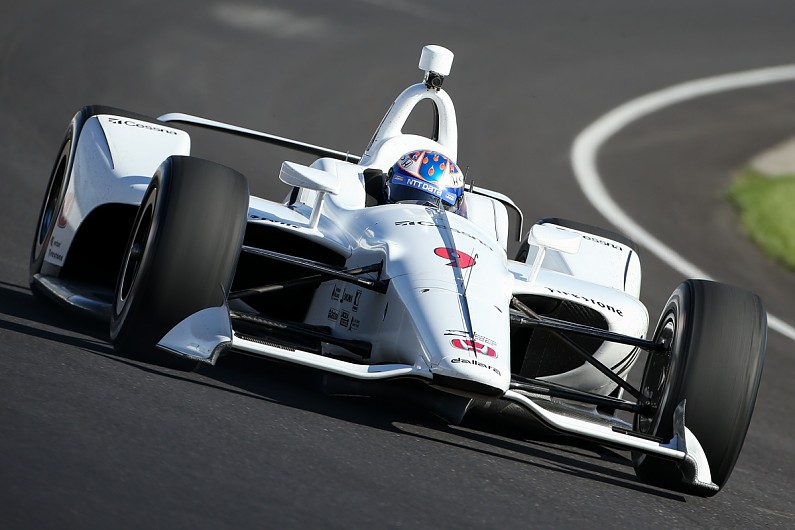Upgrade for free today
You have only 5 articles remaining to view this month.
Chip Ganassi driver Scott Dixon pinpoints the introduction of unified aerokits to IndyCar in 2018 as the biggest dynamic shift by the series in over five years.
The new-for-2018 aerokit will be standard across Honda and Chevrolet teams next year, bringing an end to the manufacturer designs used on IndyCars for the past three seasons.
The series will now return to a fully-spec chassis for the first time since the Dallara IR-12 was used in its original form for 2012-14, with IndyCar citing a need to lower costs and improve racing.
Dixon says the change for 2018 will be the biggest in the series’ recent history.
“We’ve been going in a direction for the last five to six years of adding downforce over and over, and now this is a pretty massive step in opposite direction, especially on road courses,” he told Autosport.
“Even in some of the recent testing, it’s changed the dynamic more than I’ve seen in the last five years.”
Dixon has already stated that the new aerodynamics could make Indianapolis 500 qualifying easy, and he believes that the 2018 car will require radical changes in approach to circuits outside of oval racing.
“From what we’ve seen so far, it’s definitely different to drive,” he said.
“Speedways and superspeedways aren’t going to change too much, but short oval, road and street courses are drastically different.”
Chevrolet recently undertook one of its allotted manufacturer test days at Texas Motor Speedway, with team-led testing not due to start until January.
Penske is one of the Chevrolet testers, alongside Ed Carpenter Racing, and 2017 IndyCar champion Josef Newgarden said the test showed him where the “small” differences will be.
“I think this type of oval [Texas] will be less of a change than some of the other tracks with the aero configurations, but there’s small differences just running by ourselves,” he said.
The new IndyCars have yet to run in traffic beyond one car, and Newgarden has joined other drivers in saying they expect more differences to show in multi-car racing.
“I’m sure I’ll have more of a feeling difference when running in traffic,” he said.
“It’s only when running by myself where I’ve not noticed as big of a shift [to previous years].”
